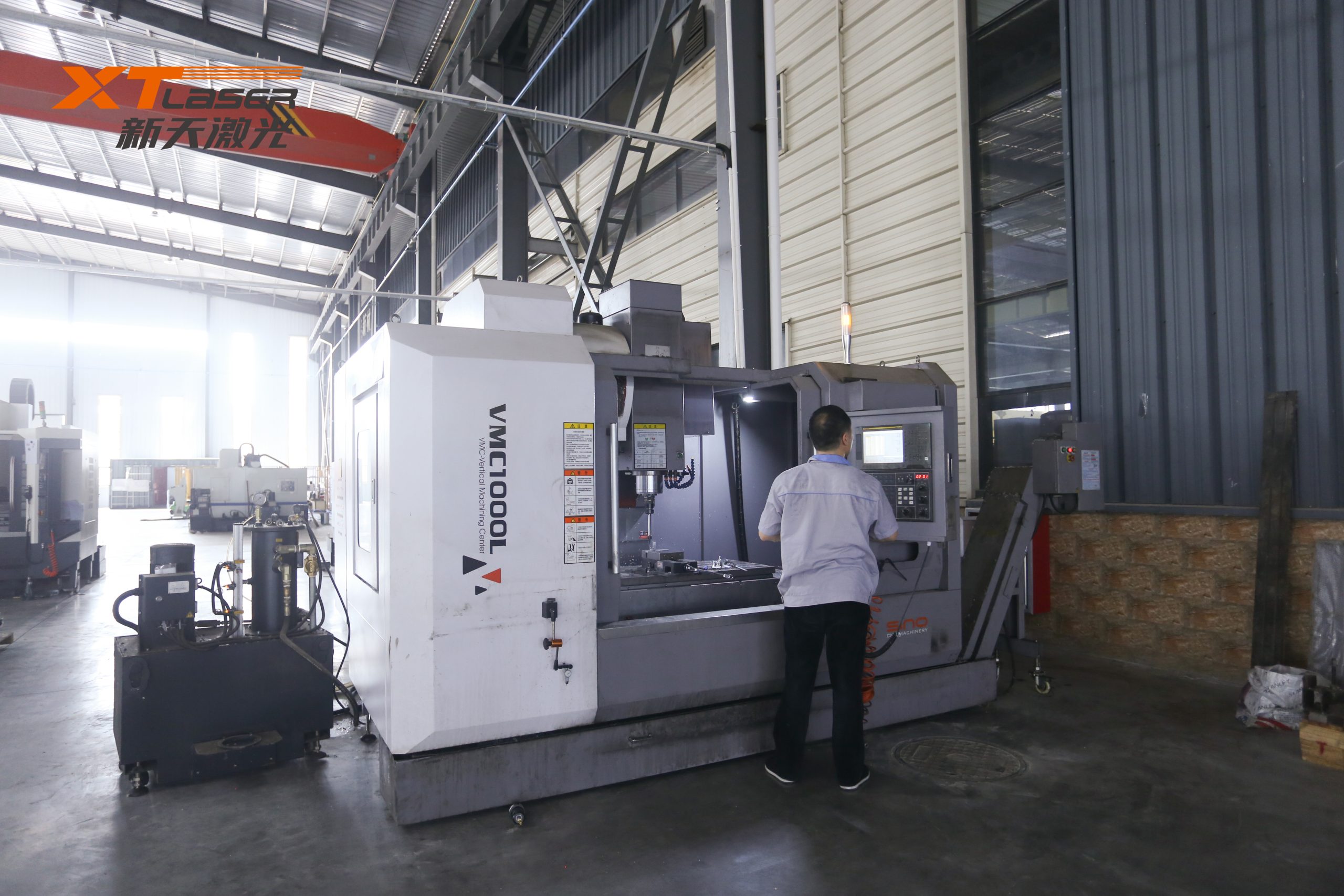Cutting process of aluminum and aluminum alloy by fiber laser cutting machine
Optical fiber laser cutting machine can process nonferrous metal aluminum and aluminum alloy
Non ferrous metals generally refer to all metals except iron (and sometimes manganese and chromium) and iron based alloys. Aluminum and its alloys are also nonferrous metals. In the metal processing industry, laser cutting machines are common processing equipment. Fiber laser cutting machines can process aluminum and its alloys. Let’s learn about laser cutting of aluminum and aluminum alloys.

Laser cutting of aluminum and its alloys:
Pure aluminum is more difficult to cut than iron based metals due to its low melting point, high thermal conductivity, and especially its low absorption rate for CO2 lasers. Not only is the cutting speed slow, but also the lower edge of the cutting is prone to slag sticking and the cutting surface is rough. Due to the inclusion of other alloy elements in aluminum alloys, the absorption of CO2 and laser light increases in solid state, making it easier to cut than pure aluminum, with a slightly greater cutting thickness and speed. Currently, the cutting of aluminum and its alloys usually uses CO2 laser, continuous laser, or pulsed laser.
CO2 gas continuous laser cutting:
(1) Laser power.
The laser power required for cutting aluminum and its alloys is greater than that required for cutting iron alloys. A laser with a power of 1 kW can cut industrial pure aluminum with a maximum thickness of about 2 millimeters and aluminum alloy plates with a maximum thickness of about 3 millimeters. A laser with a power of 3 kW can cut industrial pure aluminum with a maximum thickness of about 10 mm. The laser has a power of 5.7 kw and can cut industrial pure aluminum with a maximum thickness of about 12.7 mm and a cutting speed of up to 80 cm/min.
(2) The type and pressure of the auxiliary gas.
When cutting aluminum and its alloys, the type and pressure of auxiliary gases have a significant impact on cutting speed, adhesion of cutting slag, and roughness of the cutting surface.
Using O2 as an auxiliary gas, the cutting process is accompanied by an oxidative exothermic reaction, which is beneficial to improving the cutting speed. However, high melting point and high viscosity oxide slag, Al2O3, is formed in the notch. When the slag flows in the incision, due to its high heat content, the cutting surface formed becomes thicker due to secondary melting. On the other hand, when the slag is discharged to the bottom of the cut, due to the cooling of the auxiliary air flow and the heat conduction of the workpiece, the viscosity further increases and the fluidity becomes poor, often forming sticky slag that is difficult to peel off on the bottom surface of the workpiece. To do this, the pressure of the gas must be increased. At the same time, the cutting surface obtained using CO2 as an auxiliary gas is relatively rough. When the cutting speed approaches the maximum cutting speed, the roughness of the cutting surface is improved.
With N2 as the auxiliary gas, since N2 does not react with the base metal during the cutting process, the drillability of the slag is not very good, and even if it is hung at the bottom of the cut, it is easy to remove. Therefore, when the gas pressure is greater than 0.5 MPa, a slag free cutting can be obtained, but the cutting speed is lower than that of the auxiliary gas. On the contrary, the relationship between roughness and turnover speed is basically linear. The smaller the turnover speed, the smaller the roughness. In addition, the alloy element content is low, and the cutting surface roughness is large. However, the cutting surface roughness of aluminum alloys with high alloying element content is small.
When cutting aviation aluminum alloys, dual auxiliary airflow is also used. That is, the inner nozzle emits nitrogen, and the outer nozzle emits an oxygen stream, with a gas pressure of 0. 8M pa, a cutting surface free of adhesive residues can be obtained.
(3) Cutting process and parameters.
The main technical issues in CO2 continuous laser cutting of aluminum and aluminum alloys are eliminating slag inclusions and improving cutting surface roughness. In addition to selecting appropriate auxiliary gas and cutting speed, the following measures can also be taken to prevent slag formation.
1. Precoat a layer of graphite based anti-sticking agent on the back of the aluminum plate.
The film used for packaging aluminum alloy plates can also prevent slag sticking.
Table 2-6 Reference Materials for CO 2 Laser Cutting of A1CuMgmn Alloy.
Table 2-7 CO 2 laser cutting parameters for aluminum alloy, aluminum zinc copper alloy, and aluminum silicon alloy.



